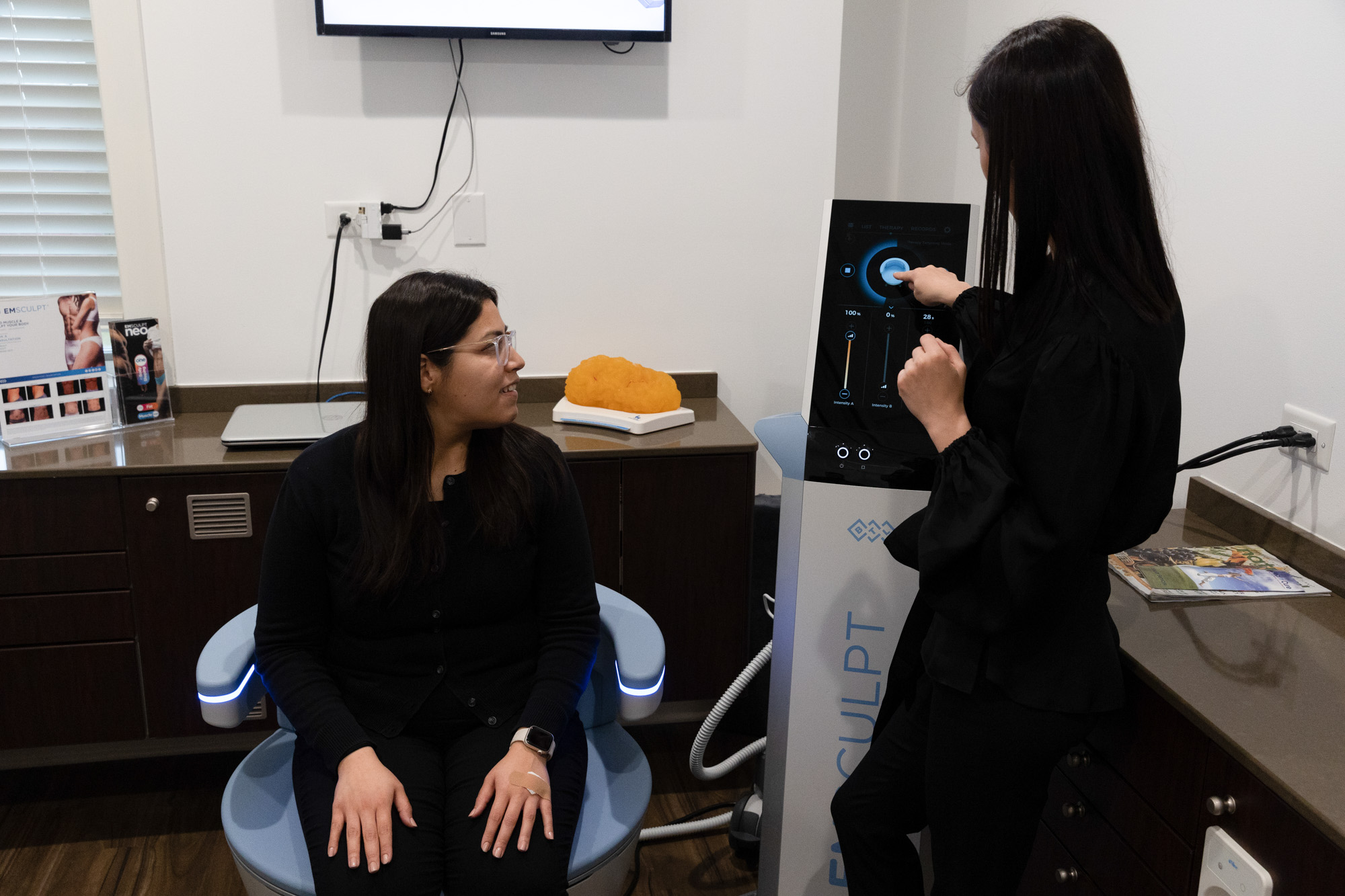
Health
Oct 07th, 2023
Nonsurgical Treatment Options for Female Incontinence
View Post
about Nonsurgical Treatment Options for Female IncontinenceIncontinence affects all sexes, though it’s statistically twice as likely to strike women after childbirth. Whether through nature, time, or lack of use, pelvic floor muscles weaken enough to reduce or eliminate bladder control.
That often makes an embarrassing experience out of sneezing, coughing, or laughing. However, non-surgical Emsella treatments can rebuild those muscles, giving you back control—and much more!
The Emsella® Chair Helps With:
Incontinence
Pelvic prolapse
Vaginal laxity
Erectile dysfunction
Sexual dysfunction/lack of sensitivity
Wellness includes body and mind. The Emsella® treatment supports the freedom to enjoy life without worry of incontinence.
Since 2005, Heal n Cure has helped members in Glenview, Highland Park, Lake Forest, Winnetka, Kenilworth, and more live their best lives. The personalized Journey to Wellness® program puts you in the best position to achieve new levels of wellness, confidence, and vitality for a healthy New U®!
Dr. Meena Malhotra, MD is a Double Board Certified Physician, and a leading expert on Integrative and Functional Medicine.

Female incontinence is a common condition affecting many women, characterized by involuntary urine leakage. This can occur due to various factors, including weakened pelvic floor muscles. To effectively address this issue, it is crucial to identify the underlying cause through a comprehensive medical evaluation, including physical examination and diagnostic tests. Once the cause is determined, a personalized stress incontinence treatment plan can be developed.
In North Chicago, there is a revolutionary non-invasive option available for bladder leakage treatment called Emsella. This treatment utilizes high-intensity focused electromagnetic (HIFEM) technology to strengthen the pelvic floor muscles responsible for controlling bladder function. In just a 30-minute session, Emsella delivers thousands of supramaximal contractions to the pelvic floor muscles, providing a safe and effective solution for urinary incontinence in elderly females and males.
What sets Emsella apart is its convenience and comfort. The urinary incontinence treatment is performed while the patient is fully clothed and seated comfortably on the Emsella chair. The chair emits electromagnetic waves that stimulate muscle contractions, effectively strengthening the pelvic floor. Emsella can address a range of pelvic floor issues, including stress incontinence.
Your symptoms are often signs of a deeper, underlying issue. As a Functional Medicine provider, Heal n Cure identifies and addresses the root cause of disease, creating a personalized, achievable plan for improved and life-long wellness.

Curated by Dr. Meena, use our Virtual Consultation Tool to explore treatment recommendations for your unique concerns.

You will experience tingling and pelvic floor muscle contractions during the procedure. You may resume daily activities immediately after the treatment.
Urinary incontinence is defined as the involuntary leakage of urine. There are three different types of urinary incontinence:
You can’t have Emsella treatments if the following conditions are present:
Also, you may not use the device near your chest, head, or neck.
You may experience improvement after a single session. The results will typically continue to improve over the next few weeks.
Often women who are being treated for cancer can’t take hormones, which could help with incontinence. Emsella® treatments can be perfectly suitable for anyone who has had cancer treatment, or might be currently undergoing treatment. Talk to your cancer provider first, and then we can discuss possibilities.